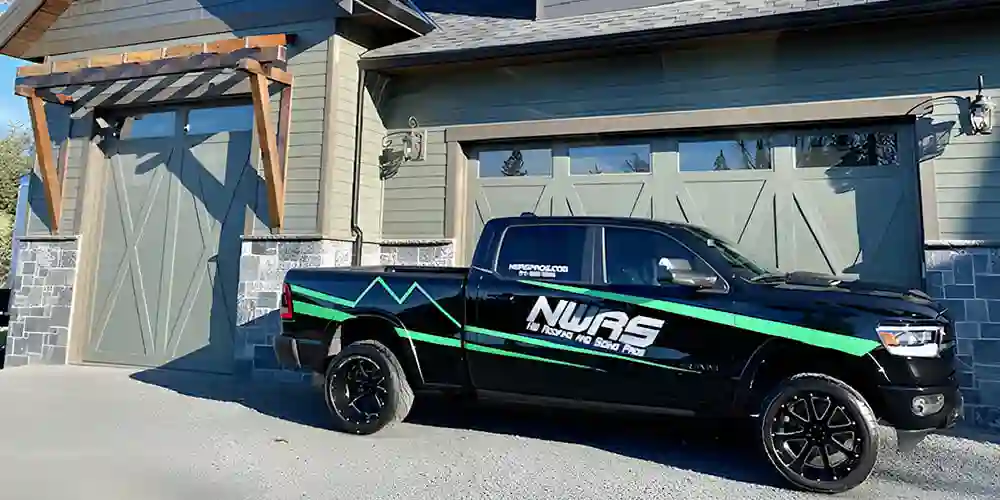Choosing a roofer is one of the biggest construction investments you will make for your home. Unfortunately, not all contractors are created equal.
Ensure you are hiring a reputable contractor by asking the following questions. Also, check their contracts for specific details. For example, you want to make sure they have workers’ compensation and general liability insurance.
1. Will They Remove Your Old Roof?
Many roofing contractors will provide a trash container for the old shingles to be thrown away. They will typically park it close to your house so the crew on the roof can throw debris directly into it.
Putting new shingles over an existing roof prevents the roofing pros from inspecting the underlayment and determining whether it needs to be repaired or replaced. It also adds extra weight to your home, which can cause structural problems in the long run.
2. How Many Nails Will They Use Per Shingle?
Roofing nails should be long enough to penetrate the sheathing and shingles without splitting the wood. This helps to ensure that the nailing zone is fully saturated and the shingle can withstand wind-related stress.
Ring shank nails have grooves along their shank that grip the shingle and sheathing for extra strength. They are an excellent choice for high-wind areas.
Many shingle blow-offs are the result of incorrect nailing. Make sure your roofer uses the right number of nails and places them properly.
3. Will They Install Drip or Metal Edge?
Drip edge prevents water damage by directing moisture away from the fascia. Without it, water may creep under shingles and cause wood rot or mold.
While it isn’t always required by code, a drip edge should be installed to protect the structure of your home. It also adds an attractive, finished appearance to the roofline. Drip edges are available in aluminum or galvanized steel and can be painted to match the trim of your home.
4. Will They Use Steel in the Valleys or Weave the Shingles?
Roof valleys are one of the most common areas where leaks occur. Ask your roofing contractor how they will handle them.
The most common method is to use a metal liner and shingle woven over the top. This method is called a “California valley” and saves roofers time.
However, a woven valley can catch and hold debris causing rot faster than a closed metal valley.
5. How Will Your Roofer Cut Their Shingles?
In order to avoid damage to the shingles, it’s important that roofers cut them properly. This includes using a sharp blade and not allowing it to heat up too quickly. They also should be wearing shoes with soft soles, as hard ones can cause stress on the shingles.
Roofers play an important role in safeguarding structures from weather elements and ensuring they are watertight and well-insulated. Without them, buildings would be vulnerable to leaks and other structural issues.
6. What Will the Cost be for Plywood if the Roofer Finds Rotten or Soft Decking?
Many roofers cut corners by skipping the steps of removing the old shingles, or simply shingling over them. This can lead to soft spots on your roof, which will require costly repairs down the road.
Ask your roofing company how much they will charge per plywood sheet if they find soft or rotten decking. This will give you an idea of how much they value the safety and protection of your home.
7. How Will the Roofer Leave the Jobsite at the End of Each Day?
During roof work, it’s best to leave infants and young children at Grandma’s. Young kids may get frustrated or confused, and older children could be snagged by debris. Be sure to ask your potential roofer how much they charge per plywood sheet for soft or rotten decking. Many unscrupulous roofers will skip drip edge metal if homeowners don’t ask, and it can lead to costly repair bills down the road.








